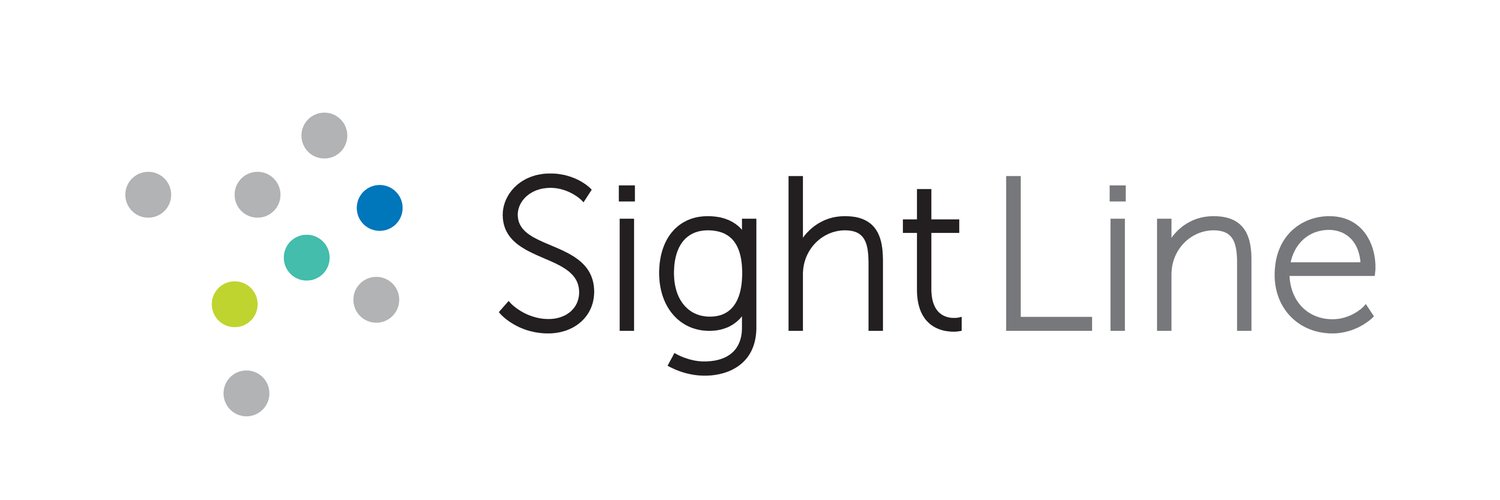Preparing for SAI – Adjusting Institutional Aid for New Students
The SightLine team is focused on proactively supporting financially underserved students through the evolving FAFSA requirements. We are keeping a close eye on these changes to help our college and university customers seamlessly make the transition.
The FAFSA start date has been delayed due to the complexity of implementing the new process. The FAFSA will become available to students in December of 2023, rather than October 1st. This leaves colleges and universities with even shorter turn-around times for awarding need-based aid to incoming students.
To prepare for the changes, we recommend proactively assessing the typical student financial makeup at your institution to anticipate any award adjustments that will be needed in this upcoming enrollment cycle. Below are some key areas to research, plus an example of how you might assess your overall incoming class to prepare for Fall 2024.
Implications of the SAI on new student enrollment
As institutional leaders know, the Expected Family Contribution (EFC) index will be changing to the simplified Student Aid Index (SAI) for the Fall 2024 enrollment cycle. This may have a significant impact on the average net price for students applying to your institution, depending on the financial composition of a typical incoming class.
We consistently find one of the top indicators of enrollment at an institution to be the overall out-of-pocket cost for the student to attend. This may be particularly true for low- and middle-income students.
Proactively identifying students with below average scholarship and grant packages, as compared to similar students during prior years, will be critical to enrolling and supporting our most underserved students.
Check in with key student segments
Changing the EFC metric to the SAI with an all-new formula, means that there will be both winners and losers for the amount aid each student will qualify. Here are some key student segments that we are helping colleges and universities proactively support as we go into the Fall 2024 awarding cycle.
1. Low-Income and Pell-Eligible Students
On average, lower income students will be receiving more in federal grants than they would have with the EFC. According to the Department of Education, Pell Grant recipients may increase by nearly 15%. These improvements for lower-income students may reduce the burden on institutional funds depending on the internal formulas currently used to allocate intuitional need-based aid. This may create a small cushion for need-based aid institutional funding but should be monitored closely during the packaging process.
2. Families with Multiple Family Members in College
The multiple child benefit will be removed from the new FAFSA form. Previously, the parents’ contribution was divided by the number of children who were enrolling in college for that year. This benefit significantly reduced the EFC per child and allowed more families to receive state, federal, and institutional aid. Losing this benefit may knock many families outside of the qualifications for any kind of need-based aid. Depending on the composition of your institution, we may recommend proactively creating a supplementary strategic scholarship for families who meet criteria for having multiple children or family members enrolling in college. You may need to add this to your application as a supplemental question to collect information to support these families.
3. Middle-Income Families
It appears that for some middle-income families, their new SAI may be higher than their prior EFC. In this case, some students will not meet the criteria for state, federal, or institutional need-based aid. For many colleges and universities, these middle-income families are the most price sensitive. They may already be required to take out the most in student loans to earn their degrees. Additional institutional awards may be required to reduce the average net price for this student segment to maintain their enrollment yield rate.
Proactively identify segments with higher financial need in your incoming class
We recommend using the NASFAA SAI Modeling Tool to compare what you prior students’ EFCs were to what their new SAIs are estimated to be. The following table is an example from a small public institution. The mean SAI is within $700 of the mean EFC. The minimum SAI and first quartile of SAI is lower than the lowest EFC and first quartile of EFC by $1500 and $3000 respectively. Conversely the upper third quartile of SAI is slightly higher than the upper third quartile of EFC, indicating that some middle-income families may lose their qualifications for need-based aid.
We also recommend plotting student’s SAI versus EFC to see the distribution of students whose SAI may be decreasing or increasing. This will also clearly show how many students are being affected by the elimination of the multiple child benefit. Visualizing this data will give your team a better idea of the financial composition of your typical incoming classes and what to expect with the new FAFSA.
How can we use institutional aid to make sure all students are supported during this transition?
Although institutions cannot control state and federal aid qualifications, there is flexibility with some institutional scholarships, grants, and discounts through financial aid leveraging. An important step in SightLine’s typical financial aid leveraging process is to test whether there are financially underserved students that would need additional financial support in order to enroll. Enrollment and financial aid forecasting can be used during the Fall 2024 enrollment cycle to identify students who may be affected by the FAFSA changes and may require additional financial support to enroll.
To learn more about partnering with SightLine to get ahead of FAFSA changes, contact us here.

